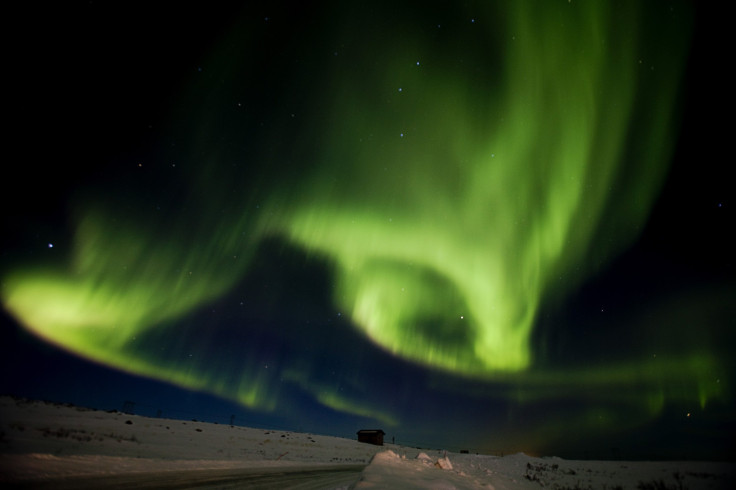Solar Storms To Hit Earth This Weekend, Will Create Stunning Auroras

KEY POINTS
- A coronal hole on the Sun is facing Earth
- Earth will get hit by solar winds this weekend
- The solar winds will create stunning auroras
A space weather forecasting site reported that a hole in the Sun’s atmosphere is currently facing Earth. The site noted that this will cause streams of solar winds to hit the planet this weekend.
The approaching solar event was predicted by the cosmic forecasting site Space Weather. Although the approaching solar winds won’t cause a geomagnetic storm on Earth, the site noted that it would create a stunning light show in the form of auroras.
According to Space Weather, an equatorial hole in the Sun’s atmosphere, known as a corona, is currently facing Earth. Equatorial holes, also known as coronal holes, emerge when the density of the plasma on certain regions in the Sun’s atmosphere drops. This allows solar particles to escape from the massive star’s surface, creating a discharge of fast-moving solar winds.
The escaping solar winds can travel across vast distances in space. Since a new coronal hole is facing Earth, streams of solar winds will directly bombard the planet. Space Weather noted that the solar winds are expected to hit Earth’s magnetic field and atmosphere from Saturday to Sunday.
“An equatorial hole in the sun's atmosphere is facing Earth, and it is spewing a minor stream of solar wind in our direction, estimated time of arrival: Feb. 15-16,” the site stated.
Space Weather noted that the approaching solar winds most likely won’t cause destructive geomagnetic storms, which could disrupt electronic devices and GPS navigation on Earth. Sometimes, these geomagnetic storms can also affect the operations of satellites in space.
Instead, the upcoming solar event will trigger a mesmerizing light show in the Arctic sky.
“The gaseous material is not expected to cause a geomagnetic storm,” Space Weather stated. “Nevertheless, Arctic sky watchers can expect an uptick in polar auroras.”
The cosmic light show in the Arctic, also known as northern lights, is officially referred to as aurora borealis. Its southern counterpart is known as aurora australis. These occur when Earth’s magnetosphere gets hit by solar winds. As this layer of Earth’s atmosphere deflects the highly-charged particles of the solar winds, greenish and bluish lights appear in the sky.
© Copyright IBTimes 2024. All rights reserved.





















